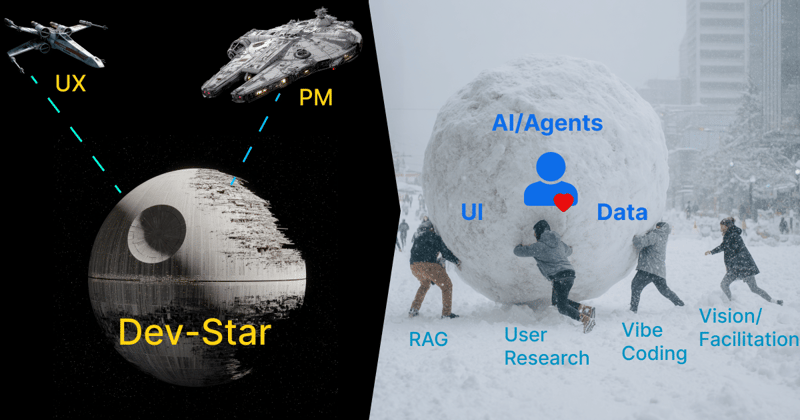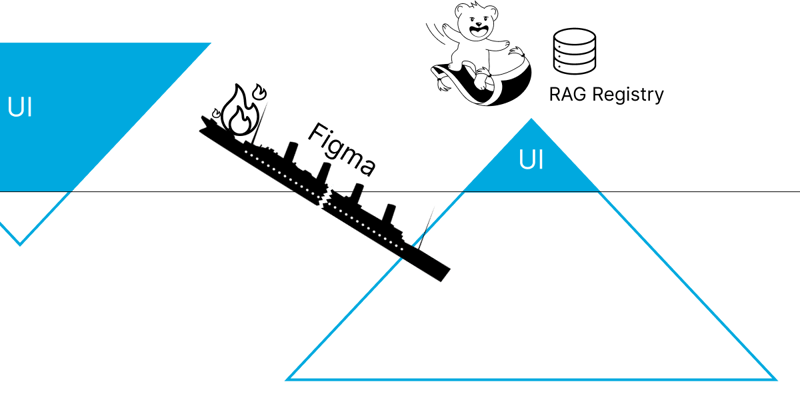- UX for AI
- Topics
- Advanced Techniques
Advanced Techniques



Snowball Killed the Dev-Star: Stop Handing Off, Start Succeeding in the AI-First World
AI-first UX isn’t about pixel-perfect mockups — it’s about whether your product sinks or sails. Traditional 3-in-a-box Figma wireframes are the Titanic: they doom teams to Telephone Pictionary the moment AI behavior springs a leak. This guide shows UX designers how to roll the Snowball instead — a customer-centered, vibe-coded process that delivers working code prototypes from day one, shipping products customers actually want to buy.




Escape from the Figma Titanic – Part 3:Magic RAG Registry
In Part 2, I showed you how to build your first Magic RAG files—structured documents that let you feed precise, just-in-time UX content to your AI Agents and LLM-driven applications. In this installment, we take your Magic RAG from amateur to professional by introducing a concept of a simple registry. It's like programming, but with words. It's fun, accessible, and UX/PM-friendly.


Escape from the Figma Titanic: Part 2 -- UXer’s Guide to Magic RAG
RAG (Retrieval-Augmented Generation) is a method for providing just-in-time content, enabling LLMs and AI Agents to answer users' questions and perform autonomous tasks. Recent advances in RAG make it a perfect Magic Carpet for ambitious user-centered UXers seeking to escape the sinking ship of pixel-pushing irrelevance. This article guides you through the process of creating RAG files step by step, so you can connect with your Data Scientists and start adding superior UX value today.



UX-for-AI Survival Kit I Wish I Had
A few weeks ago, I wrote in my first-ever viral ("iceberg") post: “AI is flipping UX upside down.” The response was overwhelming! 160,000+ of you clicked and lit up the comments, basically saying, “Greg – this 💯 resonates.” If you felt that post in your gut, you’re not alone. Our entire industry is experiencing a seismic shift. UX isn’t dead, but it’s being shaken to its core by AI – and we must adapt or risk going down with the ship.



UX Abides: How to Create a RAG-Centered Process that Really Pulls Your AI Product Together
“That RAG really tied the room together.” — The Big Lebowski (with apologies to The Dude) This is how UX can drag that RAG into the middle of the floor, invites everyone over, and says, “Okay, folks, let’s fix this.”

